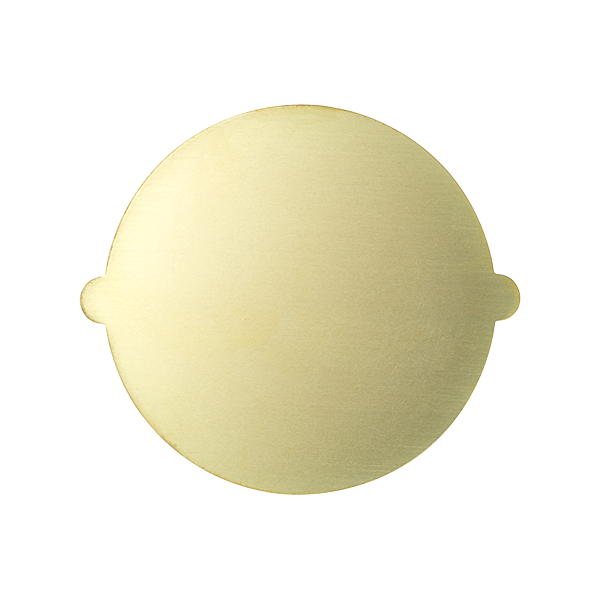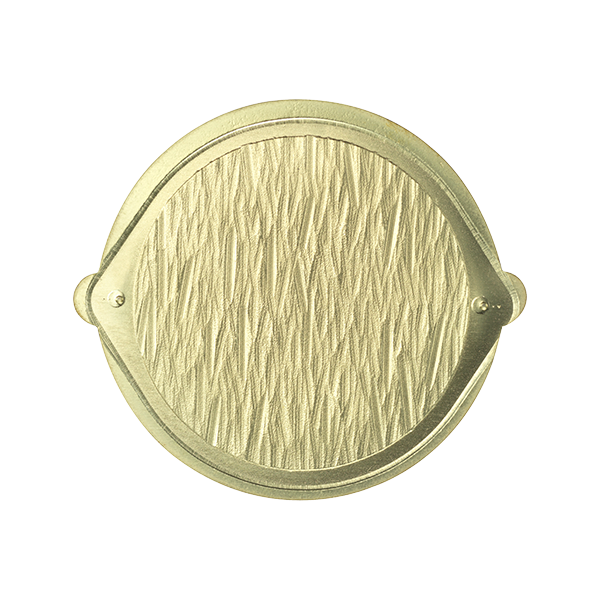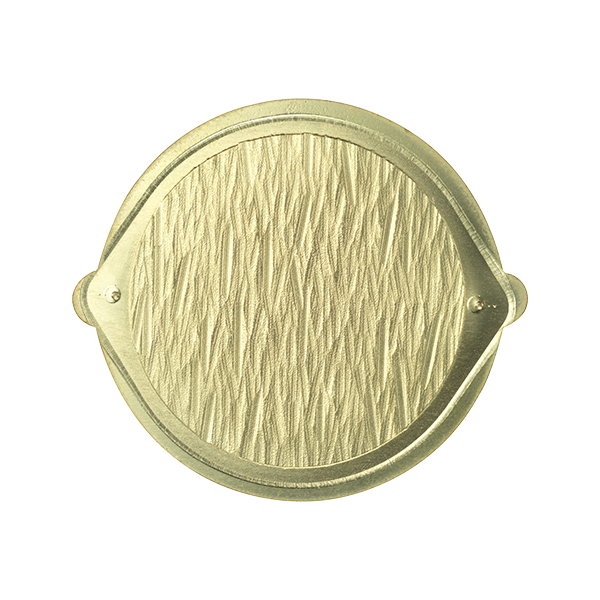Grand Seiko—the embodiment of master craftsmanship
Every stunning dial is meticulously handcrafted
Grand Seiko is dedicated to providing accuracy, legibility and beauty in timepieces designed to provide years and years of accurate timekeeping. Nowhere is this dedication more apparent than in the watch dials, which reflect the purest expression of the Japanese visual aesthetic. Grand Seiko dials express the majestic and intricate beauty of Japan and draw their inspiration from the seasonal changes in the world of nature to create stunningly expressive designs.
The design of each dial is based on a unique core concept that informs the selection and combination of colors, textures and details. The craftsmen and women who create Grand Seiko dials meticulous handcraft every aspect of the process, from making the metal molds through to coating, polishing, attaching the Grand Seiko mark, and final quality inspection. A Grand Seiko dial seamlessly combines the quintessential elegance of the Grand Seiko aesthetic with the quality and utility that one expects of a Grand Seiko timepiece. How is this achieved? To find out, we go behind the scenes to track the development of the all-new SLGH005, with a particular focus on the spectacular white birch dial.

The Grand Seiko dial—the ultimate in technical craftsmanship
The watch dial illustrates how the highest standards of craftsmanship are applied to all aspects of the manufacturing process to ensure durability and longevity in line with the standards of high-quality workmanship and design aesthetics that are essential to the character of Grand Seiko.
Transforming the unique and creative concept behind each Grand Seiko dial into reality requires an extremely high degree of craftsmanship together with the aesthetic sensibilities required for making the precision adjustments required to achieve the original creative vision. Our craftsmen and women painstakingly assemble each component of the dial by hand, all the while monitoring the process with their fingertips to detect the slightest difference in heat or vibration. The process is extremely demanding. For example, using tweezers to mount multifaceted indexes onto the dial is an extremely delicate process requiring considerable dexterity, as even the slightest contact with the dial face could leave a scratch.
The design and manufacture of the tools and instruments used to make the dial must also be handled with great care. The manufacturing and assembly process for each new dial must be designed from scratch so that it can be tailored to each specific design. In many cases this requires making new, purpose-specific tools and instruments, and since these wear with use, frequent high-precision recalibration and adjustment is required in order to maintain consistently high standards of quality. Hikaru Matsumoto, a master craftsman who works on the Grand Seiko dials, puts it like this:
“Our mission is to harness the very finest technology to ensure consistently high standards of quality craftsmanship, while applying the same finishing. Obviously, the visual presentation is very important. However, given that durability is a key consideration at Grand Seiko, we also have to be uncompromising in our care and attention to detail at every stage of the manufacturing process.”

The white birch dial, a truly artistic creation
The challenge was to faithfully convey the inner strength and tranquility of the white birch
The SLGH005 model, released in 2021, features a striking new dial that truly embodies the manufacturing excellence of the Grand Seiko team. In addition to Caliber 9SA5, the finest mechanical Hi-Beat movement ever produced by Grand Seiko, the SLGH005 features dynamic stamped patterns and intricate color schemes inspired by one of the most impressive stands of white birch trees in Japan, located near Grand Seiko Studio Shizukuishi, the home of all Grand Seiko mechanical watches.
Known affectionately as “the white birch dial,” the dial started out as one of several prototypes developed by the dial manufacturing technicians at Grand Seiko. A truly innovative exercise in creative expression, the white birch dial is a worthy successor to the famed “snowflake” dial that so skillfully portrays the natural beauty of the Japanese winter. A key feature is the unique textured surface inspired by the bark of the birch tree.
The designers put forward a vision for a watch dial that would encapsulate the strength and tranquility of white birch as the perfect complement to the beating pulse of the 10-beat movement. It was then up to the engineers to create a product that could realize this vision.
“It took us nearly six months just to produce the metal molds for the birch patterning on the dial. The initial design called for quite deep relief etching, but the available depth that we could obtain was limited by the constraints of the manufacturing process. Having said that, we needed to have the right amount of depth in order to achieve the patterning effect we were looking for. It was a delicate balancing act, and it took us a long time to get it just right. We went through endless iterations, working closely with the designers to refine and improve the mold design. We were really pleased with the final product.”

Stamped patterning that combines traditional craftsmanship with cutting-edge technology
Once they had successfully completed the metal mold, the next step was to make the dials. First, they cut out round brass pieces for the dial bases, then they stamp each one with the metal mold. Grand Seiko's intricate stamped patterns, exemplified by the white birch dial, represent the perfect marriage of traditional craftsmanship and cutting-edge machinery and technology.
Normally a single stamping pass would be enough to transfer the pattern onto the dial. In the case of the white birch dial, however, the depth of the relief patterning means that considerable force is required. Such an impact could crack the thin base piece, which is just 0.5-mm thick. Therefore, the pattern is rendered via a series of low-impact stamping passes. The engineers who worked on the white birch dial all agree that of the many Grand Seiko stamped patterns in production, this one definitely has the greatest depth to it. Countless prototypes were made in order to produce the final pattern, which requires seven separate stamping passes;

Once the stamping process is complete, the base piece is trimmed to the size of the dial. The next step involves punching the holes used to mount the indexes onto the dial, and attaching the pins that secure the dial in position. Following a stringent quality inspection with a particular focus on curvature and dimensional accuracy, the base piece is sent on to the next team of watchmakers for surface finishing.

Surface finishing requires meticulous craftsmanship and stringent quality control
Surface finishing consists of four distinct processes: metal brushing, silver plating, undercoating, and wrap coating. This is preceded by another quality check that includes confirming the dimensions of the base piece and details such as the state of the holes for mounting the indexes.
“A quality inspector examines each piece individually,” explains Matsumoto. “Each dial is carefully checked and rechecked at every stage of the process. Attention to detail is central to our philosophy. This uncompromising attitude to quality standards provides subsequent processes with a guarantee of quality craftsmanship, which in turn guarantees the precision and accuracy of Grand Seiko products. There is a particular focus on identifying signs of metal damage such as nicks and dents. Usually this is done with the naked eye, although sometimes the inspector will use a loupe.”
The first step of the surface finishing process involves using a metal brush to create vertical strokes. This is followed by silver plating. A clear undercoat is then added to both protect the silver plating and to provide a base for the wrap coating. This series of processes was developed specifically for the white birch dial through extensive experimentation.
With most models that have stamped patterns, the base piece is preprocessed—essentially stripping off the top layer from the surface—prior to metal brushing. In the case of the white birch dial, however, this could strip off the stamped pattern altogether, so a gentler preprocessing procedure is used prior to brushing. Likewise, the brushing process normally uses a combination of water and abrasive, but for the white birch dial, the abrasive is not used. The white birch dial also requires a specially designed brush that is about half normal size.
“We have to be careful not to overdo the brushing, as this could make the surface appear too bright,” says Matsumoto. “But at the same time, we need a certain level of shine to make the stamped pattern really stand out. So there's this delicate balance that we have to achieve.”
Another difference is that the undercoat is normally the same color as the finished dial. But since the white birch design is predicated on the color of the silver plating, a clear undercoat is used instead. Since the silver-plating finish can alter the appearance of the coating, the two processes of silver plating and undercoating have to be carefully coordinated to prevent any adverse impact. After undercoating, all pieces are inspected closely for drips and blemishes before proceeding to the final process of wrap coating.

A highly exacting manufacturing process
The first stage of the wrap coating process is applying the top coat. The top coat is created by adding successive layers of clear coating, allowing each one to dry before applying the next coat. This is repeated until the stamped pattern is covered completely. The next stage is preliminary polishing to smooth out the thick surface of the top coat. A second top coat is then applied and polished again. Once the stamped pattern is completely covered, a final polishing is conducted to make it really shine.
Because the stamped pattern on the white birch dial is much deeper than that of a standard pattern, more coating is needed to prevent the raised sections from being ground down during the polishing process. Also, the depth of the pattern means that a single layer of top coating is not enough to ensure complete coverage of all sections. The white birch dial requires double the normal quantity of coating, split into two sets of coating and polishing processes. All in all, there are 14 or 15 applications of the coating, which is twice as many as the six or seven used on a standard dial. Given the quantity of coating used and the number of applications, the holes for the indexes need to be cleaned at least twice to prevent them from clogging up.
“The sunken sections of the stamped pattern are finished in silver from the silver-plating process,” notes Matsumoto, “and this helps to preserve the distinctive nature of the organic pattern through the relatively thick coating. The thicker coating on the white birch dial, compared to other stamped models, adds a real sense of depth.”
The finished dial faces are then subjected to a stringent quality inspection. Following the inspection process, details such as the GS logo, the words “Grand Seiko” and other text are added.
The lettering on Grand Seiko dials traditionally has a distinctive elegance, with a weighty and sharp profile. Normally, any attempt to combine these characteristics would lead to text that is too thick or heavy, and the letters might appear crowded. However, the craftsmen and women in charge of the printing process have utilized their many collective years of experience with printing technology to develop a special technique that results in a stunning rendition of the logo. The lettering is applied to the smoothly polished dial face multiple times, while at the same maintaining a delicate balance. Next, the lettering is dried at high temperature over a long period.
The next process is caulking, which involves placing the GS logo and date window onto the dial in the prescribed locations using tweezers, then gluing them in place. Once the dial ring has been attached and the minute track has been printed, the dial is ready for the final process—caulking the indexes.

The Grand Seiko philosophy is embodied in the craftsmanship of the dial
The SLGH005 indexes have been redesigned for maximum visibility. Nowhere is this more evident than in the multifaceted three-dimensional indexes, each of which features a deep groove down the middle. The grooves are designed to catch the light ever so slightly, thereby improving the visibility.
The 12 o’clock index has a different shape to the others, and is around 2.5 times wider. Its distinctive presence is designed to stay relevant well into the future.
“The indexes are shaped solely by cutting,” explains Matsumoto, “including the caulking base. The introduction of a groove running through the middle of each index made the cutting process considerably more difficult. The indexes are carefully positioned on the dial using tweezers, in the same way as the GS logo, then fixed in place with caulking and adhesive. 12 o’clock index requires great skill in handling due to the extra width. Even for a highly competent watchmaker with years of experience, it takes a long time to master this particular skill.”
Every dial is inspected after completion. There are a number of other checks and inspections, including a finish quality check and a pre-shipment inspection. Finally, the dials are ready!
Giving form to a timeless aesthetic
The ultimate expression of craftsmanship
Grand Seiko produces a wide range of designs that give form to a timeless aesthetic sensibility. The process of making a dial involves a combination of expert craftsmanship and techniques tailored to the design requirements of each model.
With colored dials such as the SBGJ251, which is modeled on the 24 seasons of the ancient lunar calendar and features a distinctive green dial, and the SBGH269, which boasts finely rendered details that evoke the shades of autumn in the forests of Japan, a key aspect of the process is ensuring a uniform application of coating with minimal wastage. The type of coating used and the application technique will vary depending on factors such as the base material of the dial and the nature of the pattern and design. A great deal of time and effort is required to identify the best coating and application technique for each model.
The women's model STGK007 is finished with a traditional Japanese hemp cloth pattern overlaid with a champagne color scheme to add warmth and sparkle. The entire surface of the dial features intricate shallow-textured patterning inspired by the distinctive detail of hemp cloth. Great care is taken with the metal brushing to produce a subtle, understated effect.

Every Grand Seiko dial is a stunning piece of craftsmanship produced by skilled artisans, particularly those made with soft 18K gold, which requires especially delicate handling, and those that have a domed dial design with gentle curves. The master artisans at Grand Seiko are committed to maintaining their deserved reputation for the highest standards of quality craftsmanship. Grand Seiko remains committed as always to creating visually striking dial designs inspired by the natural beauty of Japan.
























